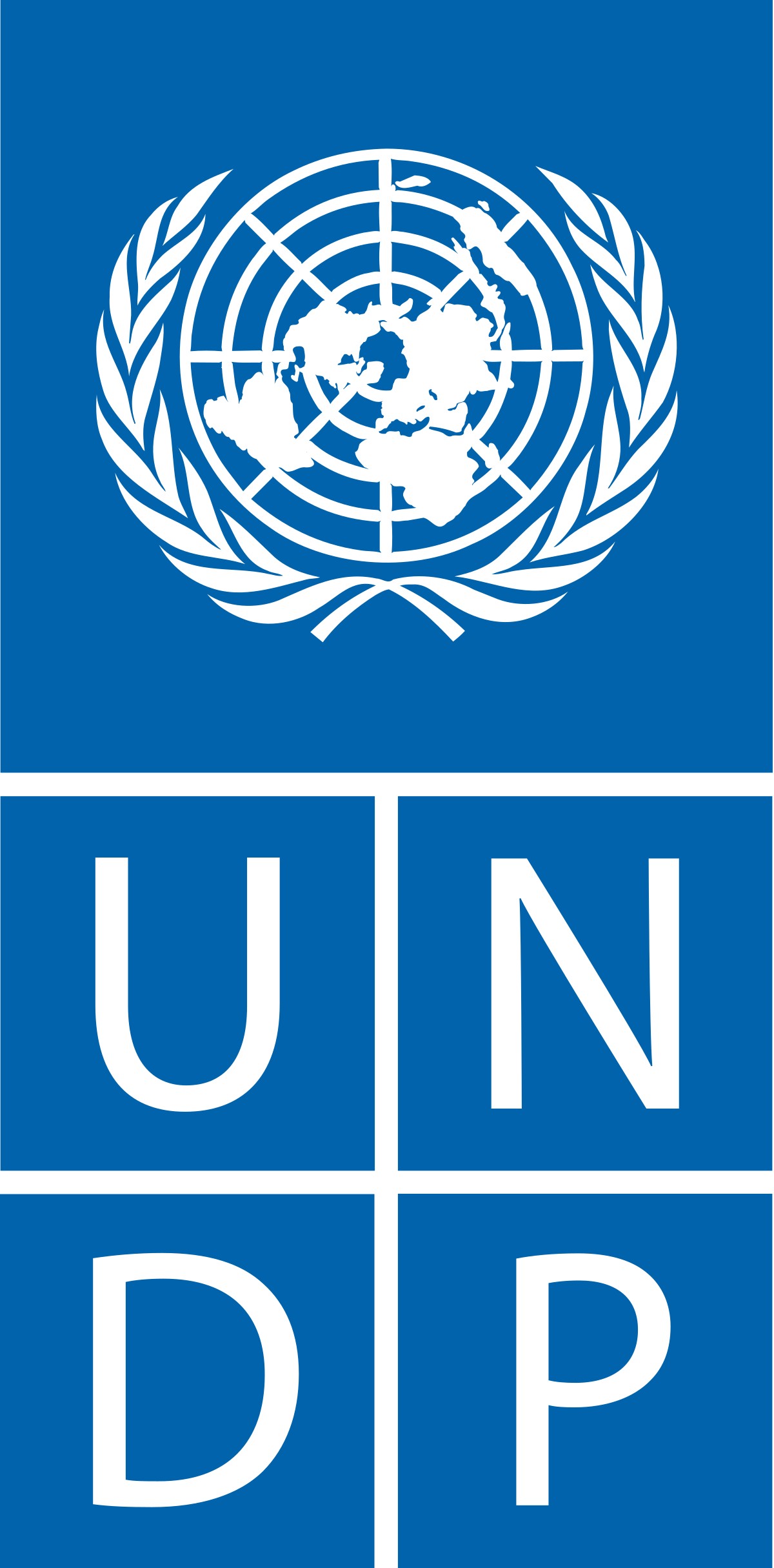Development Impact of Electrification
Published on 05 December 2022
Overview
Pushing for universal electricity access through Sustainable Development Goals (SDG) interventions can have powerful multi-faceted effects across economic and human development. Despite its benefits, expanding electricity access comes with significant costs that may require trade-offs in fiscal choices. By using futures modelling that captures both synergies and trade-offs of pursuing particular SDG targets, UNDP and the Pardee Center for International Futures (University of Denver) assessed the current state of electricity access and modelled different pathways to achieving significant milestones in electricity access, including the UN-Energy Pledge and the UNDP commitments.
More importantly, the report findings can be combined with insights on energy access, ability to pay and forecasts on electricity access to fully unleash the power of data and analytics to support advocating for target support for those furthest behind.
SDG Push+: Effects of accelerating universal access
What underpins this analysis?
To understand the potential effects of electrification, three scenarios were modelled:
- The Current Path, which represents the most likely’ course of development. It forecasts the dynamic interaction and unfolding of development trajectories across systems as expected.
- The Universal Access scenario, that simulates the achievement of SDG Target 7.1 by attaining universal electricity access in all countries by 2030 and by almost halving the electricity access gap by 2025 to reflect the UN-Energy Pledge and UNDP’s commitments.
- The SDG Push+ scenario, which combines the same expanded electricity access from the Universal Access scenario with an ambitious development program across all SDGs – the SDG Push.
Benefits of electricity access – larger gains for the most vulnerable
The SDG Push+ scenario results in broad gains, including cumulative USD 16 trillion in GDP gains by 2030 and
USD 545 trillion by 2050, and lifts 110 million people out of extreme poverty by 2030 and an additional 163 million by 2050. The provision of universal access, combined with a SDG Push, has a productivity effect seven times greater than the Universal Access scenario alone.
Regionally, the benefits of Universal Access, in combination with an SDG Push, are even more pronounced: in Sub-Saharan Africa, it is associated with over USD 5 trillion in cumulative GDP benefits and over 36 million people lifted out of extreme poverty by 2050. It also brings significant reductions in female population living in extreme poverty due to the set of interventions targeting gender equality.
With a doubling in the use of modern fuel cookstoves, the use of traditional cookstoves will be practically eliminated by 2050 if Universal Access is provided as part of an integrated set of SDG interventions. With this, over 18.6 million deaths from respiratory diseases and infections could be averted by 2050 relatively to the deaths expected in the Current Path.
Costs of universal access
Despite the significant amount of investments in electricity connections (including new construction and maintenance of existing connections) required to provide Universal Access, the world can harness its benefits in a relatively short period of time. Compared to the Current Path, cumulative gains in per capita GDP are higher than the total cumulative additional costs on expanding electricity by 2037. However, investments required to expand electricity access in rural areas are higher than in urban areas.




